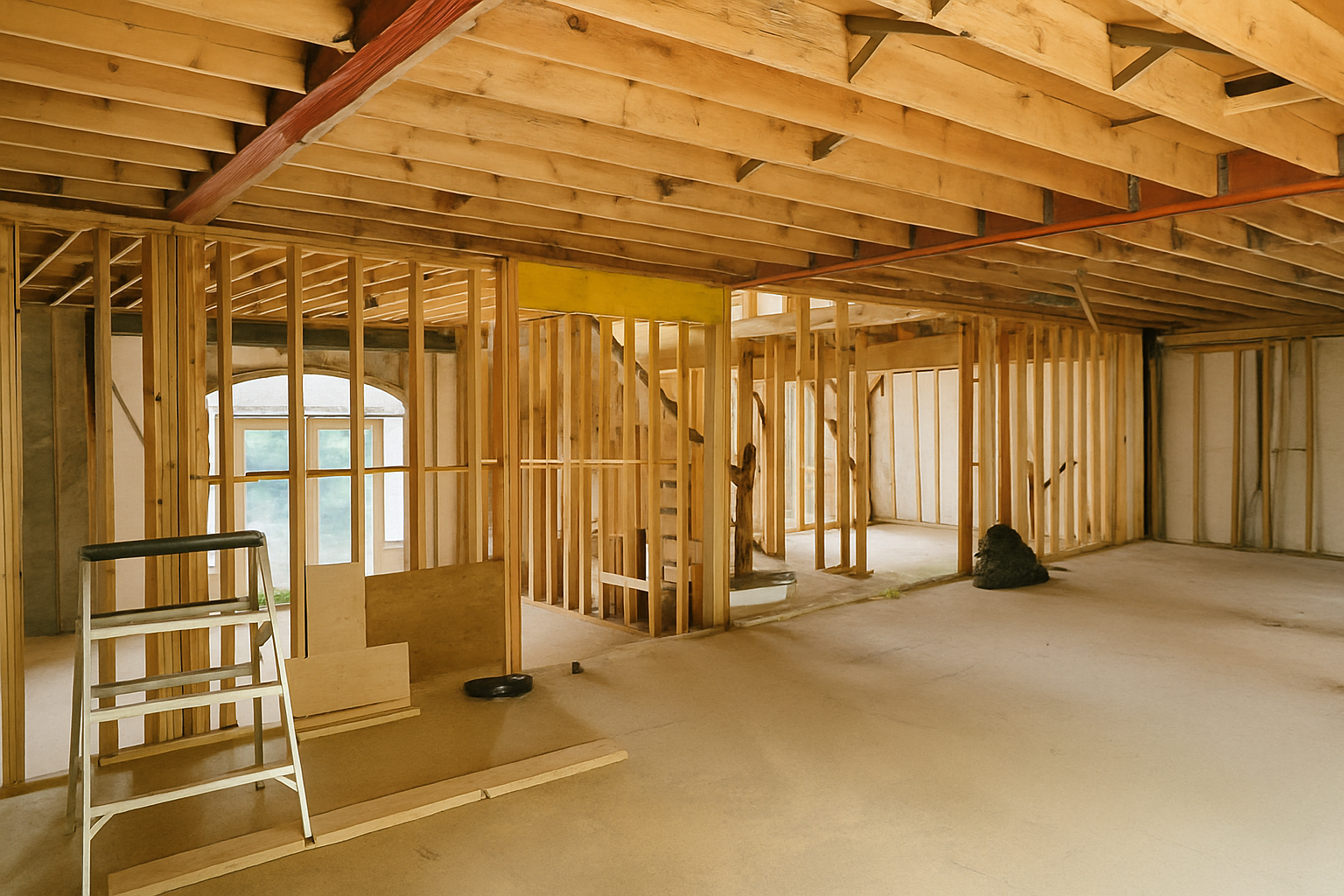For most of Canada’s history, homes were built to resist snow, wind, and cold, not earthquakes. Seismic safety only entered the National Building Code of Canada (NBCC) in the late 20th century, after research exposed vulnerabilities in Eastern Canada’s housing stock.
Today, many Ottawa buildings still predate those changes. That gap is why seismic reviews matter – not only for compliance, but for safety, trust, and long-term value. [1]
What Is “Seismic” Anyway?
The term seismic refers to the effects of earthquakes: ground movements that transfer energy into buildings. Unlike vertical loads (gravity and weight), earthquakes push structures sideways. This is where things get technical, and important for owners to understand:
- Dead Weight Matters: Ground shaking uses the dead weight of your building against itself. Whether in a high or low-seismic zone, a percentage of that weight acts as horizontal force on the structure. The heavier the building, the greater the potential load.
- Forces in Numbers: Imagine 5 kilonewtons of lateral force acting on a wall. If an earthquake doubles that, your building must restrain it. Without proper design, bending or cracking can occur.
- Walls & Frames Are Critical: When people remove walls, they aren’t just changing floor plans – they’re reducing the lateral stability of the building. Walls, frames, and braces are the frontline defense against seismic forces.
- Lateral Restraints: Engineers use features like knee braces, shear walls, and frames to help resist side-to-side movement. Without them, structures are vulnerable.
- Materials: In very high seismic regions, builders often use a mix of wood and steel for flexibility and strength – materials that absorb and redistribute force more effectively than brittle alternatives.
A good rule of thumb: wider walls and stronger lateral restraints mean more resistance to both earthquakes and strong winds.
Ottawa’s Seismic Reality
Ottawa isn’t California, but it sits in the Western Quebec Seismic Zone – one of the most active in Canada.
Earthquakes above magnitude 5 have struck within living memory. Larger ones remain possible. [2]
The NBCC has seismic requirements, but science evolves. Many buildings here were never designed with lateral loads in mind. Without a review, their resilience is unknown – and so is their financial reliability in the eyes of insurers, lenders, and buyers. [3]
Why It Matters Financially
Older buildings without seismic verification often face:
- Higher insurance premiums.
- Tighter lending requirements.
- Lower resale appeal.
Seismic reviews act like trust certificates – much like an energy-efficiency label. They prove resilience, reassure buyers, and preserve property values.
What to Watch For
Even if your property seems safe, signs like cracks in walls or frames are worth monitoring. They may indicate that lateral forces are already stressing the structure. A seismic review can identify whether those cracks are cosmetic or warning signs of deeper instability.
Prevention Is Always Cheaper Than Repair
Retrofitting costs less when planned alongside renovations. Waiting until after a disaster usually means higher emergency costs, downtime, and lost revenue [4]
Seismic readiness isn’t just about protecting buildings – it safeguards livelihoods and community stability. [5]
Why Ostan Engineering Leads in Seismic Resilience
At Ostan Engineering, we don’t just check boxes. We:
- Translate seismic science into clear, actionable strategies.
- Focus on what matters most – walls, frames, and restraints.
- Deliver not only compliance, but also peace of mind for owners, developers, and investors.
Final Word
Earthquakes don’t give warnings. In Ottawa’s seismic zone, resilience is not a luxury—it’s a responsibility.
If you own property, lead development, or manage community facilities, the smartest move is simple: schedule your seismic review now. Tomorrow’s stability depends on today’s preparation.
References
[1] T. Allen, “Seismic design and code compliance in Canadian buildings,” Journal of Structural Safety, vol. 44, no. 3, pp. 211–225, 2019.
[2] Natural Resources Canada, Seismic hazard zones in Eastern Canada, Government of Canada, 2020.
[3] M. Hoesli and B. MacGregor, Property investment: Principles and practice of portfolio management. London, UK: Routledge, 2000.
[4] Federal Emergency Management Agency (FEMA), Benefit-cost analysis for seismic retrofits, FEMA Technical Report 227, 2012.
[5] City of Ottawa, Official plan: Growth and resilience strategy. Ottawa Planning Services, 2021.


